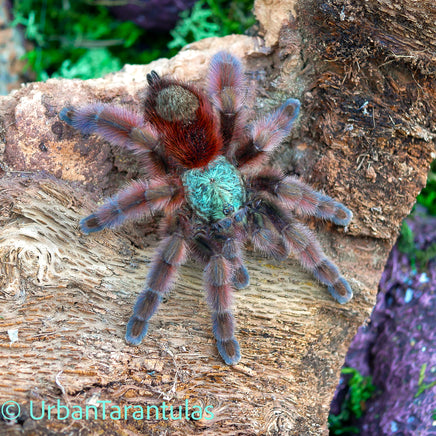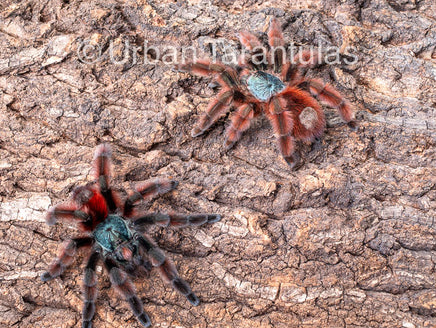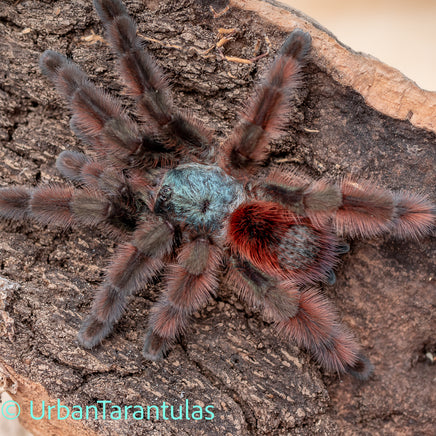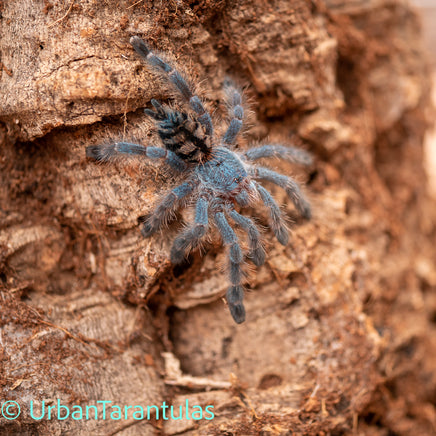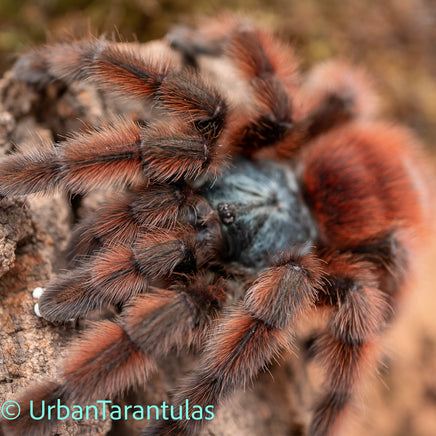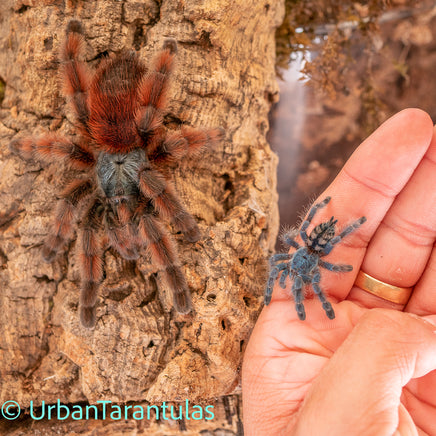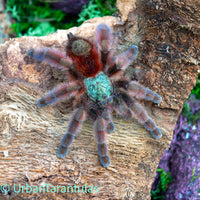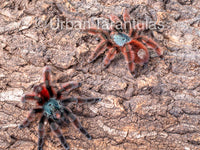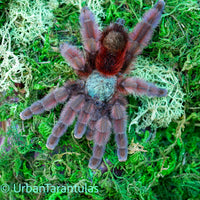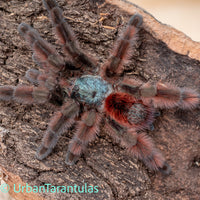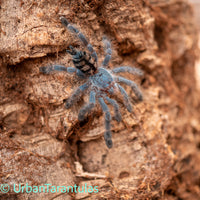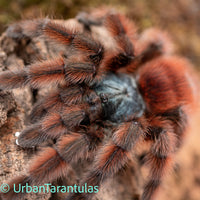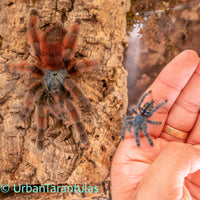Skip to product information
Caribena versicolor – Antilles Pinktoe Tarantula
Amazing beginner species and one of the most handleable tarantulas out there. Spectacular arboreal species, the Caribena versicolor from Martinique Island is known for its vivid color transformation—from metallic turquoise spiderlings to deep violet adults with a shimmering pink/blue/green sheen. Calm and slow-moving, this species is a showpiece in any collection and one of my personal favorites to raise and watch grow.
| 📣 Special Notices | |
| Check out my YouTube channel for exclusive care, setup, and feeding videos featuring C. versicolor and other arboreal species. You’ll see how I set up enclosures and manage humidity for perfect molts. | |
| 🌡️ Care Details | |
| Temperature | 75–82°F (24–28°C) |
| Humidity | 75–80% with moderate cross-ventilation |
| 🏠 Housing | |
| Babies | Vial up to 5” tall × 2” dia, ventilated sides and lid. FREE vial available if requested at checkout. |
| Juveniles | 7–8” tall clear enclosure with vertical cork and moss for web anchoring. |
| Adults | 12–16” tall acrylic or glass enclosure with strong ventilation and light moisture at the base. |
| 🍽️ General Diet | |
| Crickets and roaches (Dubia, Red Runner, Lobster, Madagascar Hissing). Babies: small roaches or baby crickets. Pre-kill if prey is too large and remove leftovers after feeding. Larger adults occasionally take a small feeder lizard or pinky mouse as a rare treat. Never use pinhead crickets; they lack sufficient nutrition. | |
| 📘 In-depth Facts | |
| 🕷️ Latin name | Caribena versicolor |
| 📛 Common name | Antilles Pinktoe Tarantula |
| 🌡️ Temperature | 75–82°F (24–28°C) |
| 💧 Humidity | 75–80% |
| 📍 Locale | Martinique, Caribbean Islands |
| 🏷️ Category | Arboreal, heavy webber |
| 📏 Size | Up to ~6” (f), ~4.5” (m) |
| 🪶 Urticating hairs | They do not kick urticating hairs. |
| ⏳ Growth rate | Medium to fast (warmer temps speed up molting) |
| 🧭 Life span | Females 9–12 yrs, Males 3–4 yrs |
| 🍽️ Feeding | Every 5–7 days (slings, juveniles), every 10–14 days (adults) |
| 🎯 Recommended levels | Beginner - great starter |
| 🎁 Follow me on social media | |
| 🎁 Follow me on social media and receive an additional freebie* *Email me after you follow to let me know you’re a follower so I can include it. |
|
| ⚠️ Safety Disclaimer | |
| Safety Disclaimer: Experiencing a tarantula bite is an extremely rare occurrence, and it's important to note that there have been NO recorded fatalities due to a tarantula bite. The venom potency varies across species, with Old World tarantulas generally having stronger venom than their New World counterparts. Within the Old World category, the Poecilotheria genus is known for having particularly potent venom. It's crucial to approach tarantulas with respect and understanding. If you happen to get bitten, which is unlikely, the key is to stay calm. In most cases, the discomfort is superficial and subsides within a few minutes to a few hours. However, bites from species with more potent venom may result in symptoms lasting up to a week. Remember, larger tarantulas tend to have more venom than smaller ones. Please be aware that I cannot assume responsibility for bites. Tarantula handling should be done at your own risk. In my 13 years of experience with these creatures, I have only been bitten once, by a species with highly potent venom. While the experience was painful, the symptoms had completely disappeared after a week. Handle tarantulas responsibly, and always prioritize your safety and the well-being of the tarantula. |
|
